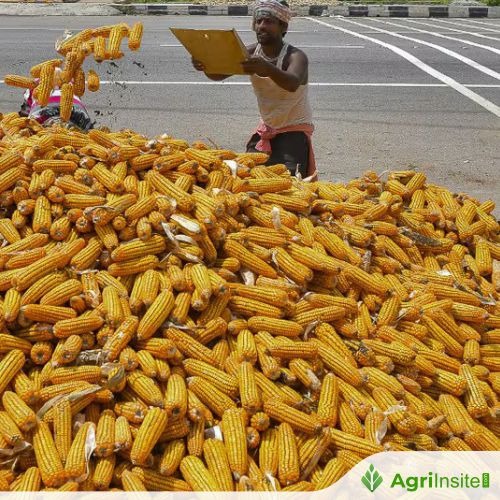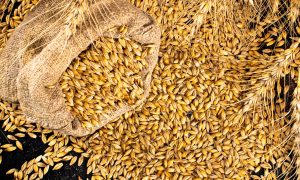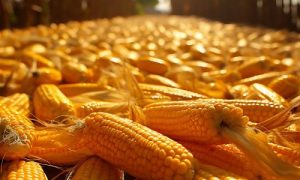Rwandan maize farmers warn of production decline as input prices surge

Rwanda’s maize farmers warn rising pesticide and fungicide costs are forcing them to scale back cultivation, threatening government production targets under the Crop Intensification Program. Input prices have nearly doubled for key products like Rocket and Ridomil. Farmers are urging subsidies, saying maize is becoming less viable compared to lower-input crops.
RWANDA – Maize farmers in Rwanda are raising concerns over a possible decline in production as the cost of pesticides and fungicides continues to climb sharply, forcing many to reduce their cultivated acreage or cut back on essential crop protection.
Maize, along with Irish potatoes, is one of six priority crops targeted under the government’s Crop Intensification Program (CIP), which encourages land consolidation, mono-cropping, and the commercialisation of staple crops. Other CIP crops include wheat, rice, beans, and cassava.
The National Institute of Statistics of Rwanda projects maize production to grow from 553,953 tonnes in 2023 to 874,337 tonnes by 2028–2029. However, farmers say the rising cost of inputs threatens to derail these targets in the short term.
Farmers have lamented recent price hikes, with Dithane fungicide, which cost US$62.64 (Rwf90,000) for a 25 kg pack in 2024, now sells for US$117.64 (Rwf170,000). Thiodan Sprimatline pesticide has risen from US$34.60 (Rwf50,000) to US$55.36 (Rwf80,000), Rocket pesticide has doubled from US$4.15 (Rwf6,000) to US$8.30 (Rwf12,000) per bottle, and Ridomil fungicide has jumped from US$17.30 (Rwf25,000) to US$41.52 (Rwf60,000) per kilo.
Evariste Tugirinshuti, President of the Federation of Maize Farmers’ Cooperatives, said the price spike is making maize farming less viable.
“I farm on three hectares and use a total of at least three litres of Rocket pesticide per hectare applied in two rounds before harvesting. Last year, each litre was US$5.88 (Rwf8,500), but it now sells for US$11.76 (Rwf17,000),” he explained.
Tugirinshuti said the high costs have forced him to cut back on production. “Last year, I cultivated five hectares, including two rented plots. This year, I will stick to my own three hectares.” He added that many farmers are turning to crops that require fewer inputs.
The situation is similar for other growers. Lawrence Mukamana, a farmer in Kirehe District’s Gatore Sector, said she usually plants maize on two hectares but will use only half that land this season. “Maize requires a lot of care and inputs, but with pesticide prices going up, it is no longer sustainable,” she said.
Farmers are now urging the government to consider subsidies on farm inputs to cushion them against further price shocks. Without such support, they warn, Rwanda’s ambitions for maize production growth under the CIP could be at risk.
To Read more about Maize News continue reading Agriinsite.com
Source : Milling MEA














